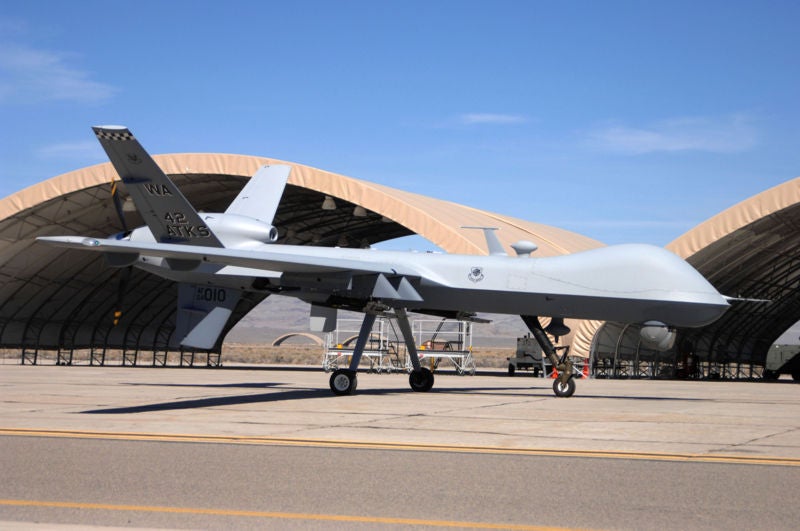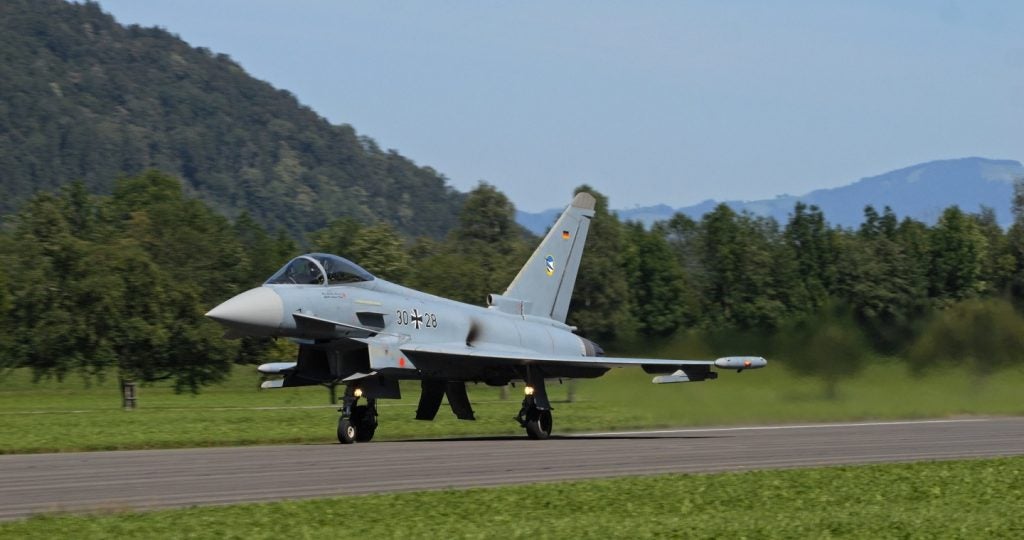
General Atomics Aeronautical Systems (GA-ASI) has demonstrated a new open payload architecture during sovereign payload capability demonstration (SPCD) at its Gray Butte flight operations facilities in Palmdale, California, US.
Jointly conducted by SELEX Galileo and Cobham, the live flight demonstration involved a GA-ASI Predator B/MQ-9 Reaper unmanned air system (USA) equipped with SELEX Galileo Seaspray 7500E surveillance radar.
During the test, the UAS validated its Seaspray radar’s ability to track targets on land, in littoral and maritime environments, and from air-to-air, marking a significant step towards the goal of operational independence.
GA-ASI Aircraft Systems Group president, Frank Pace, said: "Our open payload architecture greatly reduces integration complexity by allowing payload providers and mission systems integrators to develop their own payload control software and ultimately integrate their own payloads."
SELEX Galileo CEO, Fabrizio Giulianini, said: "Today’s demonstration was the first step in proving the concept of our platform and sensor-agnostic skyISTAR mission management system which will be flexible enough to meet the needs of any UAS programme going forward."
How well do you really know your competitors?
Access the most comprehensive Company Profiles on the market, powered by GlobalData. Save hours of research. Gain competitive edge.

Thank you!
Your download email will arrive shortly
Not ready to buy yet? Download a free sample
We are confident about the unique quality of our Company Profiles. However, we want you to make the most beneficial decision for your business, so we offer a free sample that you can download by submitting the below form
By GlobalDataThe SPCD is also a part of the independent research and development (IRAD) programme, aimed at validating the concept and architecture for a fully certified Predator B.
The UAS software and hardware modifications have been performed by GA-ASI to implement the open payload architecture while the radar has been delivered by SELEX.
The Predator B features a separate mission management system to support independent and cost-effective upgrade of future sovereign payloads.
The UAS will undergo future phases in the flight demonstration process.
Image: The first US Air Force MQ-9 Reaper UAS stationed at Creech Air Force Base, Nevada, US. Photo: courtesy of United States Air Force – Senior Airman Larry E. Reid Jr.






